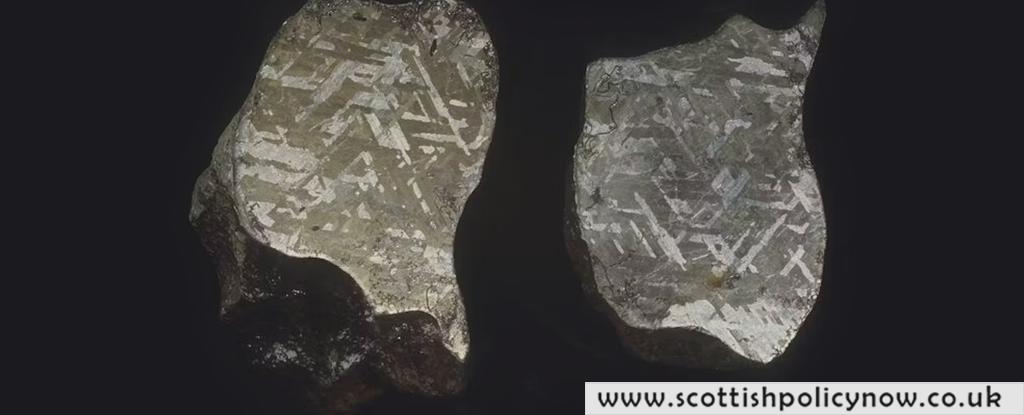Delving into the origins and transformations of Earth and its planetary kin captivates planetary scientists, including me. A pivotal method for uncovering these secrets lies in analyzing space rocks.
Securing these rocks, however, presents notable hurdles. Although missions to fetch samples from asteroids or planets are within the realm of possibility, they entail significant complexity and expense.
An alternative method is to study meteorites that reach Earth. Despite their rarity and the damage they often sustain from entering Earth’s atmosphere and crashing to the ground, meteorites provide invaluable clues.

In a recent project, my team and I examined glass fragments at a meteorite impact site in the Northern Territory, aged around 5,000 years, revealing significant metal content from the meteorite. This discovery not only verifies the site’s impact by an extraterrestrial object but also offers insights into the meteorite’s composition.
Natural glass is not only a man-made material found in everyday objects but also occurs naturally, mostly as obsidian from volcanic eruptions. However, a smaller portion of natural glass is created by lightning and asteroid impacts. Pinpointing the origin of natural glass demands detailed scrutiny, which can divulge a wealth of information about its formation.
Our investigation, outlined in Geochimica et Cosmochimica Acta, zeroed in on glass from the Henbury crater field in the NT, where a meteorite impact created at least 13 craters some 5,000 years ago—a phenomenon even chronicled in Aboriginal oral history.
The meteorites at Henbury, classified as IIIAB irons, are believed to be remnants of the metallic core of a once-intact ancient planet, now delivered to Earth. Composed mainly of iron, nickel, and cobalt, these fragments are dense with metal.
The collision at Henbury not only melted the meteorite but also the Earth’s rock, resulting in molten droplets that solidified into glass, reminiscent of volcanic obsidian.
To probe deeper into this “bush glass,” we utilized lasers in the lab to create a plasma from the glass for mass spectrometry analysis, uncovering elevated levels of iron, nickel, and cobalt—surpassing those in nearby rocks. This indicates the glass is composed of about 10% melted meteorite material, an unexpectedly large amount relative to other impact sites.
Additionally, the Henbury glass revealed higher amounts of chromium, iridium, and other scarce Earth-surface elements, signifying its space-borne origin.
While similar glasses have been found at other impact locations, the high meteorite content in Henbury’s glass sets it apart.
Considering Earth’s over 200 known impact structures, our findings at Henbury imply that meteorite-rich glass can form in craters of all sizes, especially preserved in younger, less weathered craters.
Finding meteoritic residue in natural glass conclusively points to an asteroid impact, essential for confirming the celestial origins of Earth’s crater-like features.
The ongoing space missions, like NASA’s Perseverance rover on Mars and upcoming lunar endeavors, heighten the significance of examining terrestrial “bush glasses” for hints of cosmic lineage.
Aaron J. Cavosie, Senior research fellow, Curtin University
Reproduced from The Conversation under a Creative Commons license, this article beckons further inquiry into the topic.








